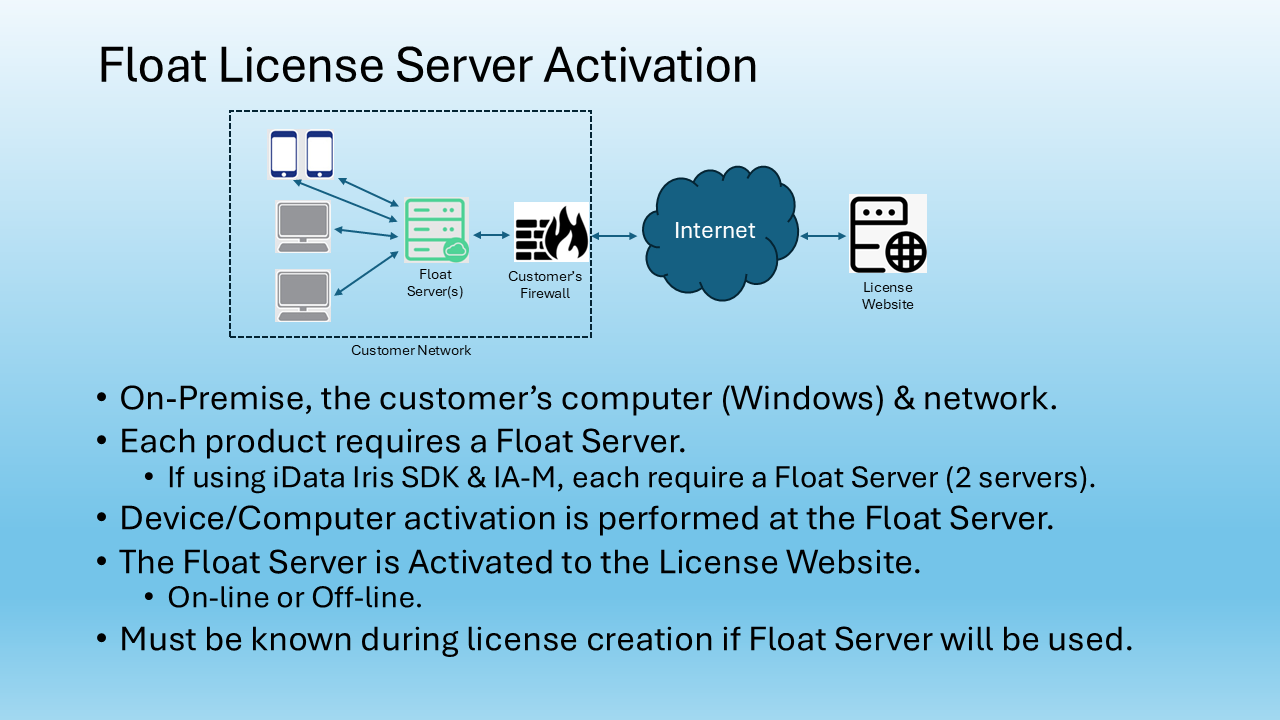Biometrics for Patient Identification
Mohammed Murad
Medical facilities have little room for error when it comes to identifying patients. They must be identified with 100% accuracy to ensure healthcare teams provide the proper treatment based on a person’s medical history.
Record-keeping challenges increase the possibility of misidentification; human error can lead to improperly entered data; and with thousands of names in most hospital digital records, it is not unusual for multiple patients to share a common name and date of birth. A Wall Street Journal article described how easy it is to mistake patients. One large Houston-area healthcare system reported having 138,000 patients with the same names and birthdates. Of those, 2,833 were named Maria Garcia – with 528 sharing the exact date of birth.
Demographic information, such as changes to patients’ names and addresses, are not often updated immediately. It is not unusual to find duplicate records for the same patient. For example, a person may provide their given name on a first visit and use a nickname on a return appointment. In 2018, the American Health Information Management Association estimated 5% to 10% of a typical hospital’s patient records are duplicates, while providers with multiple facilities or having merged with another system have duplicate rates up to 20%. Those duplicate entries may lack vital information, such as drug allergies.
Many politicians and healthcare industry leaders share a national patient registry goal, enabling a person to be quickly and accurately recognized as they visit different medical providers; however, a 1996 federal law calling for establishing such a registry was quickly rescinded due to privacy concerns. That left hospitals mainly on their own to find ways of improving the identification process.
Biometrics Become the New Alternative
Recently, identification methods such as plastic ID cards and barcoded wristbands are giving way to newer solutions featuring one of three biometric technologies – facial, fingerprint or iris recognition. A glance or a quick touch quickly and accurately identifies patients by matching live scans with stored database measurements of unique physical traits. (read more)


